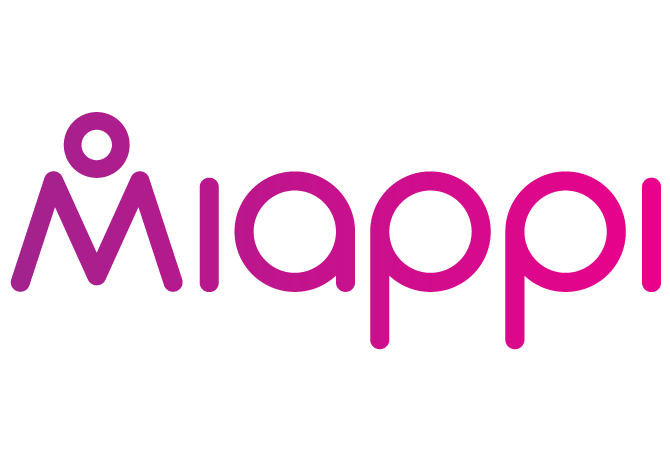The Power of Content Curation Tools in The New Algorithmic Changes
By
Dane Cobain

When it comes to social media marketing, the only real constant is change. In many ways, we as users are in the middle of an arms race as social networking platforms try to capture our attention. They do this either by deploying a new functionality or refreshing their look and feel to stay relevant.
Another of the ways that social networking sites change is by updating their algorithms. Social networks use algorithms in all sorts of different ways. One of them is to make friend suggestions and “you might also like” recommendations.
One of the most vital of all algorithms for marketers is the one that’s used to generate news feeds. After all, it’s this algorithm that determines whether marketing messages ever actually reach people, and user-generated content and content curation tools have historically played an important role in helping brands to rank in the news feed. It helps them to get more interaction and engagement for a start.
It’s important for us to keep an eye on these algorithms. They have a huge impact on the content distribution strategy we use and the effectiveness of our content distribution tools. This seems particularly relevant at the moment thanks to
the recently announced changes to Facebook’s news feed
.



